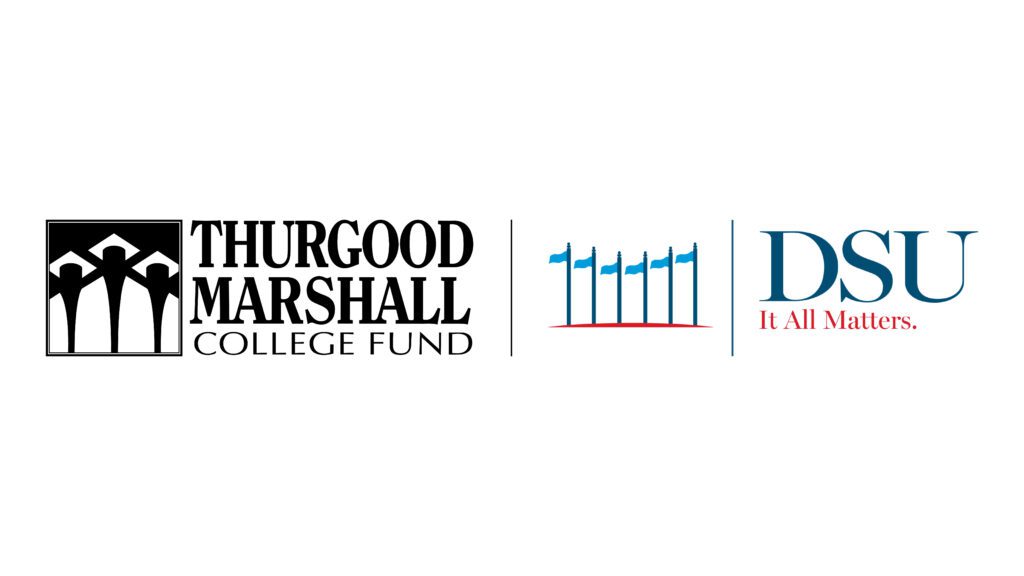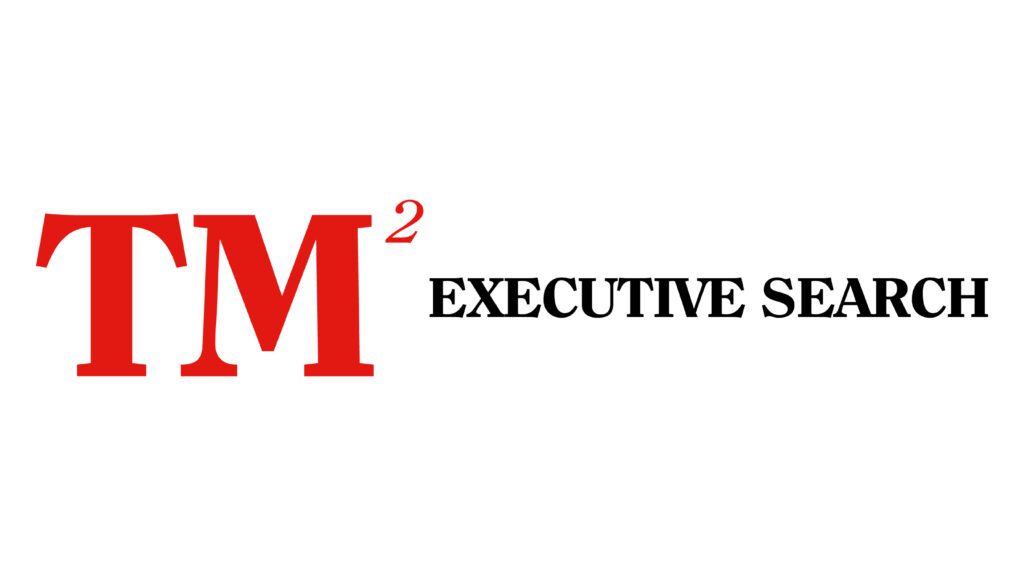Dive Brief:
- The U.S. Department of Education will give an additional $1 billion in coronavirus relief to minority-serving institutions, including historically black and tribal colleges, as well as to select other schools that serve high shares of low-income students.
- The funds are part of the $14 billion in aid directed to colleges in the Coronavirus Aid, Relief, and Economic Security (CARES) Act, which President Donald Trump signed into law in March.
- As these schools tend to be under-resourced and serve needy students, the funds aim to provide more support for covering their own costs and supporting students.
Dive Insight:
Schools can use the money to cover costs associated with the shift to distance learning and for student attendance, including food, housing and technology. They can also use the money to pay employees, compensate for lost revenue and other operational expenses.
HBCUs will receive $577 million and tribal colleges will get more than $50 million, the department said in a release Thursday. Qualifying schools that aren’t classified as minority-serving institutions are those that meet the criteria for the department’s Strengthening Institutions Program, which include schools with low expenditures and where at least half of students get need-based Title IV aid.
The latest cash infusion is designed to help schools that have fewer institutional resources than predominantly white colleges while educating students with greater financial need.
One in five students at four-year Hispanic-Serving Institutions (HSIs) and one in four students at predominantly black institutions and HBCUs were from families in the lowest income quartile, according to a recent report. That is three times the share at non-MSIs. However, these institutions help to bring more students from the lowest to the highest income quartiles than do non-minority-serving four-year schools.
At the institution level, the report notes, the endowment value per full-time equivalent at four-year HBCUs and HSIs each was just over half that of equivalent non-MSIs.
The pandemic has only amplified those inequities.
“These funds, in addition to what our campuses might be receiving or not receiving from their states, will alleviate a lot of stress and help to kind of get through this COVID-19 in a way that without these funds will be extremely difficult,” said Harry Williams, president and CEO of the Thurgood Marshall College Fund, which was among the groups asking Congress for additional relief for MSIs.
He also noted that the funds can be used for scholarships and other financial support to help students return to campus in the fall. This will be critical for HBCUs and other under-resourced schools facing a highly competitive enrollment season.
College officials nationwide are concerned about being able to fill their fall classes. Reports have suggested as many as one-quarter of current students may not return. An extra 10% can be added on top of that for HBCUs, Williams said, due to the disproportionate health and economic impacts of the coronavirus on the black community.
“These additional funds will be able to allow us to level the playing field a little bit,” he said, such as by offering students scholarships or technology necessary to complete their schoolwork.
The first round of CARES Act funding, released to institutions in early April for use on student aid, explicitly prohibited them from using the funds to reimburse themselves for actions taken prior to March 27, which is when the law was signed.
This latest funding for MSIs allows schools to get reimbursed for expenses incurred on or after March 13. That enables them to pay themselves back for costs stemming from their initial response to the virus, when schools had to quickly find ways to help students afford travel home or off-campus accommodations.
“There are expenses that go back that far, and … when you have a poorer student mix, there are some expenses you have there that you wouldn’t have other places,” said Lodriguez Murray, vice president of public policy and government affairs at UNCF.
Another $349 million in the latest funding round was given to schools that did not get at least $500,000 from the initial CARES allocations. However, as Ben Miller, vice president for postsecondary education at the Center for American Progress pointed out on Twitter, that move is largely benefiting small schools with few Pell Grant recipients.
In all, the allocations from this round cover some 1,700 campuses, though the list includes schools that have closed.
Source: Education Dive



